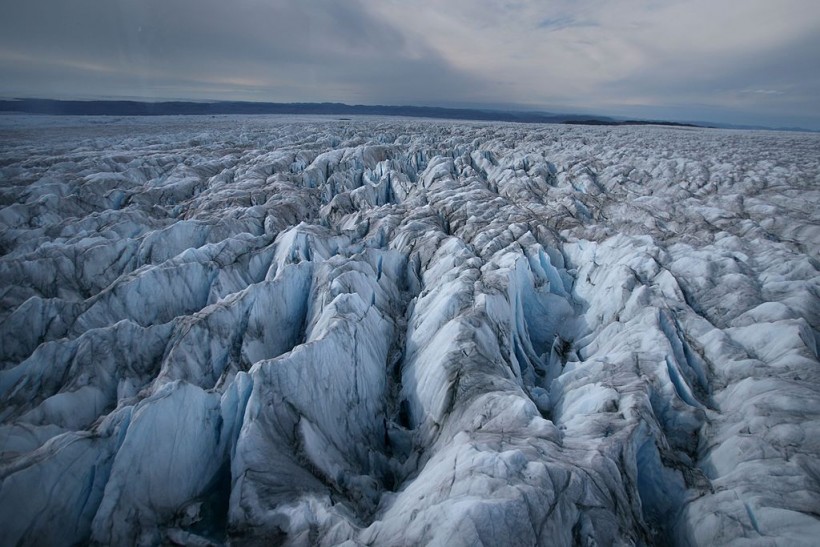A study reveals that climate change is influencing the speed of the Earth's rotation, which may have an impact on how humans keep time.
Negative Leap Year
An analysis predicts that melting ice caps are slowing Earth's rotation to the point where the next leap second-the mechanism used since 1972 to reconcile official time from atomic clocks with that based on Earth's unstable speed of rotation-will be three years delayed.
According to the research, global warming will delay the requirement for another leap second from 2026 to 2029. Leap seconds cause so much trouble in computing that scientists have opted to eliminate them, but only until 2035.
Researchers are particularly concerned about the next leap second since, for the first time, it is likely to be a negative, skipped second rather than an additional one.
As a result, global timekeepers may have to remove a second from our clocks later than usual.
The Earth's rotation calculates Coordinated Universal Time (UTC), which is used to control clocks and time around the world. However, the Earth's rotation rate varies, which can affect how long our days and nights are.
"We do not know how to cope with one second missing. This is why time metrologists are worried," says Felicitas Arias, former director of the Time Department at the International Bureau of Weights and Measures in Sèvres, France.
To compensate for this, around 27 leap seconds have been added to the global clock since the 1970s, and timekeepers intend to deduct a second for the first time in 2026. This is called a "negative leap second."
The negative leap second has never been used before, and according to the report, its implementation "will pose an unprecedented problem" for computer systems worldwide.
Read Also: Climate Change's Dangerous Milestone: Earth Passes 410 PPM CO2 Levels for the First Time in History
Major Challenge
This has never happened before, and it presents a significant challenge to ensuring that all components of the global timing infrastructure display at the same time, according to Duncan Agnew, a researcher at the University of California, San Diego.
"Many computer programs for leap seconds assume they are all positive, so these would have to be rewritten," he added.
Agnew used satellite data to investigate the pace of the Earth's rotation and the impact of its slowing core.
He calculated that, if not for climate change, a negative leap second could have been added to UTC as early as 2026.
Demetrios Matsakis, the former head scientist for time services in the United States, A Naval Observatory official who was not engaged in the study said he was doubtful of Agnew's findings.
He stated that "Earth is too unpredictable to be sure" whether a negative leap second would be required anytime soon. But everyone agreed that a negative leap second was a jump into the unknown.
"It would not bring about the downfall of civilization, and given enough publicity, some problems could be avoided. But I would not recommend being in an airplane at that time," Matsakis said.
Even positive leap seconds have historically produced issues in systems that demand precision timekeeping.
That is why the world's timekeepers agreed in 2022 to phase out the leap second by 2035. The idea is to increase the discrepancy between atomic time and the Earth's rotation to one minute starting that year.
A subsequent leap minute to bring them into sync is not projected to be required in the coming century.
Related Article: AI and DNA 'Time Machine' Shed Light on the Impact of Climate Change and Pollution on Biodiversity in a Lake
© 2024 NatureWorldNews.com All rights reserved. Do not reproduce without permission.






